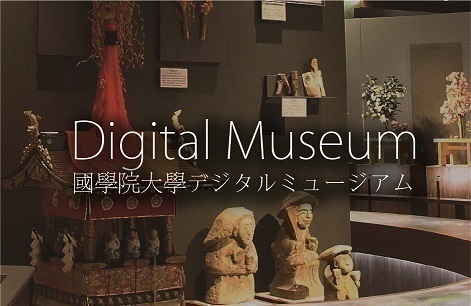- トップ
- Encyclopedia of Shinto
- Shōkonsha
Encyclopedia of Shinto
| Main Menu: | |
| Links: |
詳細表示 (Complete Article)
| カテゴリー1: | 4. Jinja (Shrines) |
|---|---|
| カテゴリー2: | Shrine Architecture |
| Title | Shōkonsha |
| Text | [Shōkon sha] "Spirit-inviting-shrine." Prior to World War II, this term referred to shrines established for the purpose of appeasing the spirits of loyalist soldiers who died in the battles of the Meiji Restoration, and thus served as the earlier incarnation of shrines later called gokoku jinja. Both national and private shōkonsha existed, with the former receiving financial assistance from the national treasury. The shrines originated with memorial rites observed by local domains for soldiers who fell in the battles around the time of the Meiji restoration (1848 - 1854). In the fifth month of 1868, the new Restoration government issued a Council of State notice providing for the mass enshrinement of "all those warriors and commoners who, justly and loyally, gave their lives for the nation in a time of national emergency." In short, this notice ordered the establishment of means for the appeasement of the spirits of those who had given their lives on behalf of the nation. Another notice issued at the same time provided for "a new shrine in the Higashiyama district" of Kyoto, a shrine which would become the Kyoto Reizan Gokoku Jinja. These notices thus led to the establishment of shōkonsha (spirit-inviting shrines), shōkonjō (spirit-inviting sites), and graveyards for the entombment of fallen soldiers throughout the nation. In 1869, the Tokyo Shōkonsha was established, and its dedicatory services jointly enshrined the spirits of some 3,588 souls who had recently fallen in the Boshin War of 1868. Following the transition from feudal domains to modern prefectures in 1871, "spirit-inviting shrines" were placed under national jurisdiction, and the Tokyo Shōkonsha became the head shrine of all spirit-inviting shrines throughout Japan. Until 1875, a variety of titles had been used to refer to such shrines, but that year they were unified under the name shōkonsha, and the expenses for rites were provided for by the national treasury under the system of so-called "state rite shōkonsha" (kansai shōkonsha). At the same time, spirits that had been enshrined by local shōkonsha were now also enshrined together at the Tokyo Shōkonsha. Private shōkonsha continued to be established in various locales for the enshrinement of local war dead, and these became known as "private rite shōkonsha" (however, newly established shōkonsha built to enshrine soldiers who died in the 1877 Satsuma Rebellion were later added to the category of state rite shōkonsha.) In 1879, the Tokyo Shōkonsha was renamed Yasukuni Jinja and given the status of "national shrine of special rank." Ordinary shōkonsha, on the other hand, were not given shrine rankings under the new system. In 1939, the wartime situation led to all shōkonsha being renamed "Shrines for the Protection of the Nation" (gokoku jinja). At the time, there were some 110 shōkonsha (both state and private) in existence. See also gokoku jinja, Yasukuni Jinja. — Inoue Nobutaka |




